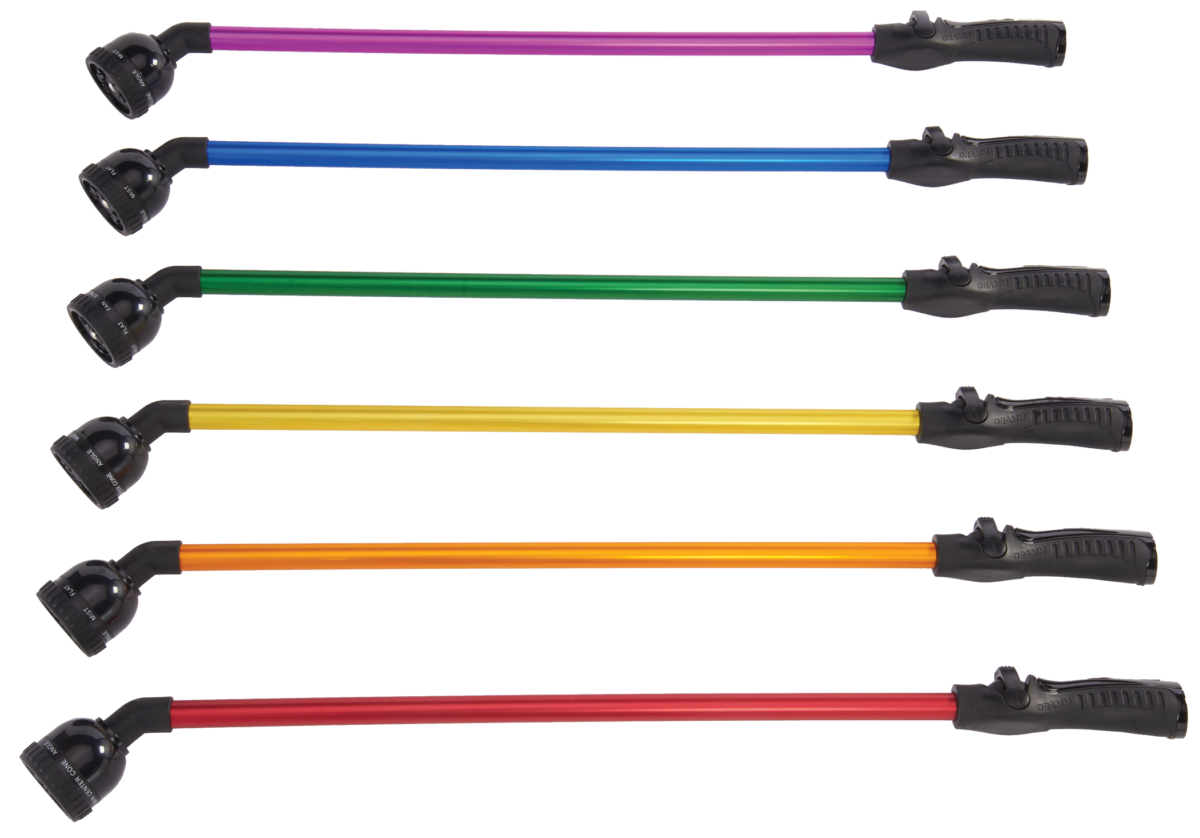Choosing the Right Pump for Your Water Feature
 By Todd Rosendahl and Victor T. Romero
By Todd Rosendahl and Victor T. Romero
This article will help you determine what size pump to use and which pump is the most energy-efficient for your pond or water feature. Whether you own or maintain a pond, fountain or an elaborate waterfall, one of the most important factors is determining the right size pump to ensure a sufficient amount of water circulates throughout the entire feature.
First, you must determine how many gallons of water your feature can safely hold. Most professionals use the following formula: (Length (ft.) x Width (ft.) x Avg. Depth (ft.) x 7.5 = Total Gallons). A circular pond should be measured (Diameter (ft.) x Diameter (ft.) x Avg. Depth (ft.) x 5.9 = Total Gallons). Most pond and fountain pumps are classified by GPH which stands for Gallons Per Hour, so if your pump has a GPH of 500, then it should be able to pump 500 gallons of water every hour; however, there are a few other factors to consider before you decide to purchase your pump.
Keep in mind; it’s always better to have a bit more GPH as opposed to less. If the pond is 500 gallons and you are pumping water through tubing or PVC pipe, every 10 feet or any bends in the pipe create friction loss. You also have to take into consideration how high up you are pumping the water because this will also reduce the flow rate. So if you have a 500 gallon pond and you select a 500 GPH pump, you will most likely have a low flow rate output and you may need to invest in a stronger pump.
Although there are many ways to calculate which pump is best for your pond or water garden, it becomes very simple if you follow a standard rule of thumb which is; water feature pumps should turn over your pond water at least 1 time per hour.
After you have determined the right size pump for your water feature, now it’s time to determine which pump will save you the most money in energy costs. To determine which brand of pond pump is the most energy efficient, most professionals use the following formula: (Divide Gallons Per Hour by Watts). Most pond and fountain pumps will have this information on the packaging. The pumps with the most gallons per hour per watt will save you the most money. For example, if pump “A” has a 350 GPH and uses 25 watts and pump “B” has a 400 GPH and uses 32 watts, pump “A” is more efficient because it will give you 14 gallons per watt and pump “B” will only give you 12.5 gallons per watt.
If your pump is not strong enough, you will have several problems develop slowly within your water feature such as the following; algae, sludge, and organic debris will eventually build-up, your pond water may become murky and develop a foul odor, and mosquitoes will be able to nest on the surface of the water. Sufficient water circulation and aeration is the key to avoiding these problems and maintaining a healthy, balanced eco-system for your backyard pond or water feature.

